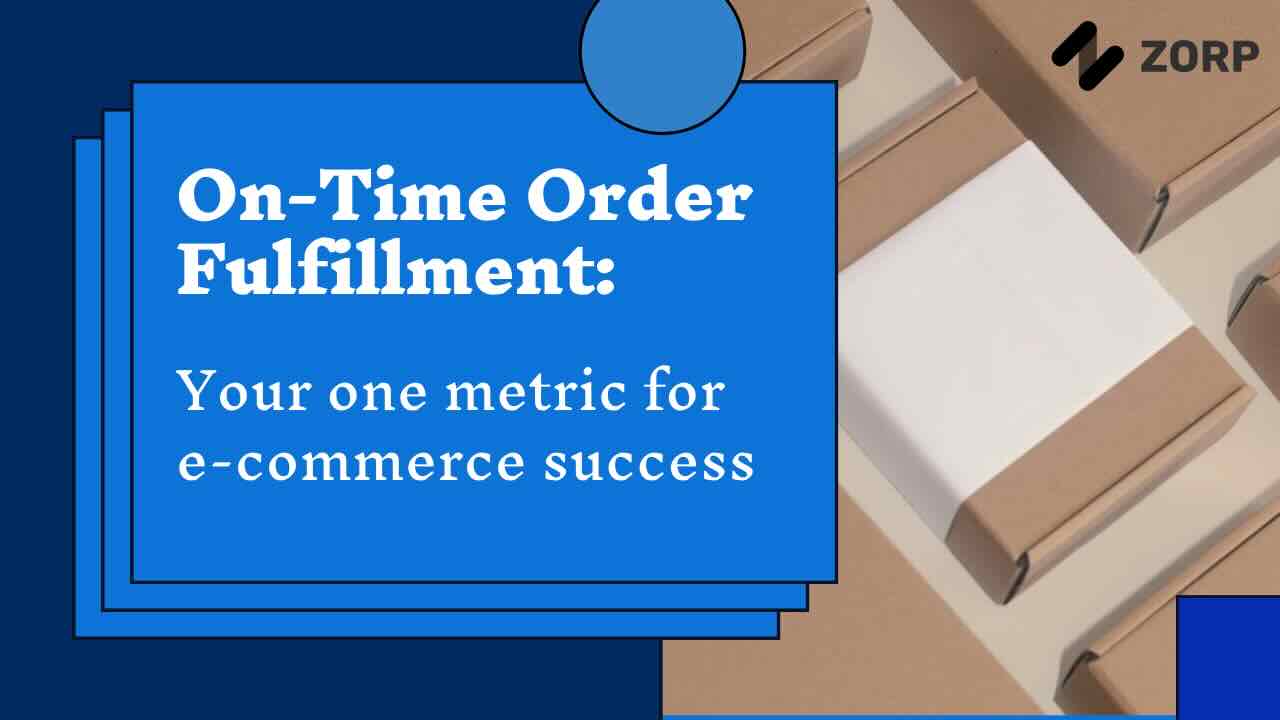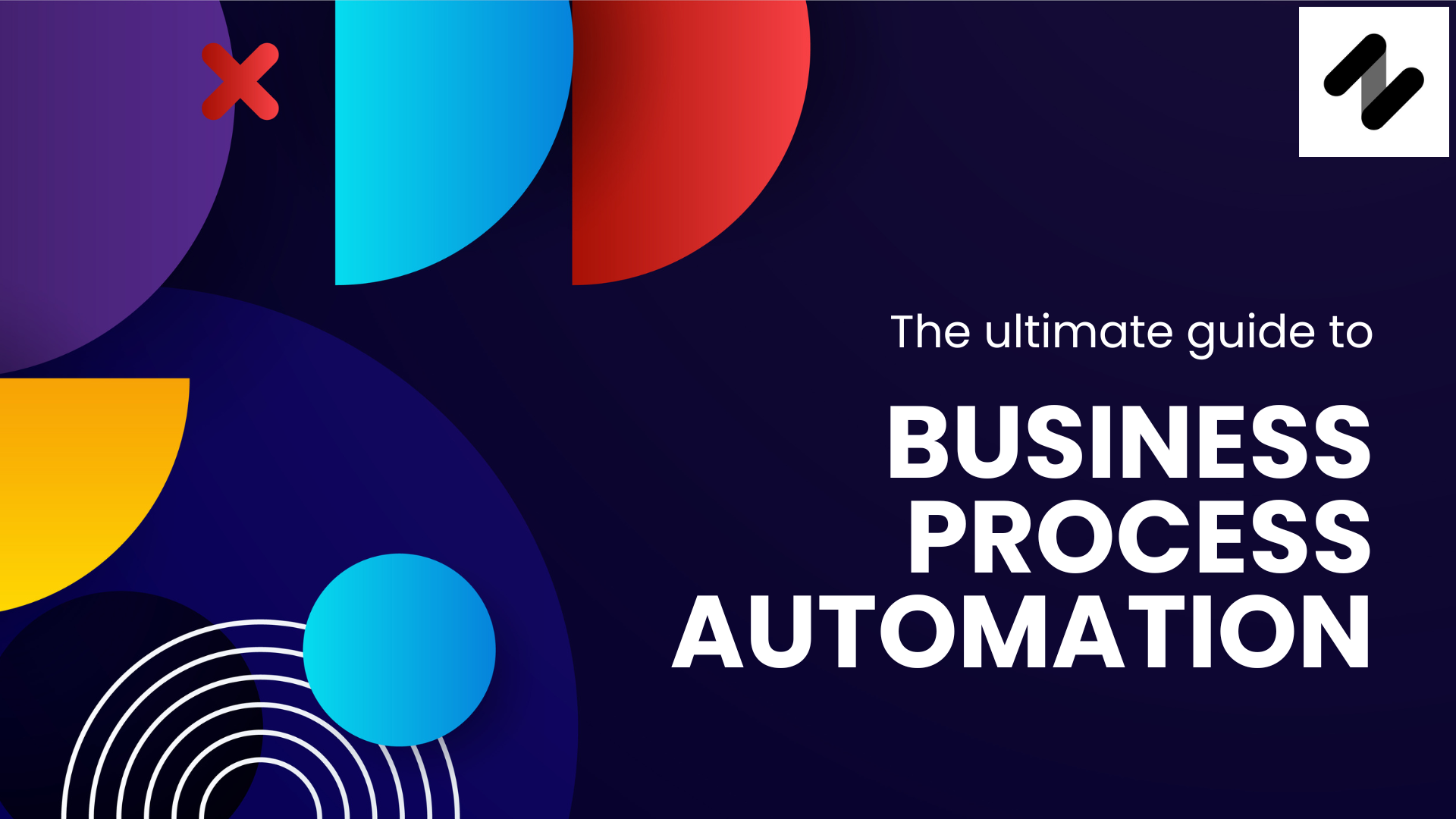Are you up to date on the latest safety guidelines in your industry? Are you confident that any risks involved in your operations are kept to a minimum? If not, then a safety checklist can help. The purpose of a safety checklist is to keep all aspects of a particular job or project safe. It is an essential reminder for workers and managers alike so that no one overlooks potential hazards and risks.
This blog article will dive into the nitty-gritty of safety checklists, what they are, why they’re important, and how you can use them to ensure everyone’s safety in the workplace. Read on for more about it.
Safety checklists are a pre-organized set of documents that safety inspectors and auditors use during the safety inspection or audit procedure to identify potential hazards in a specific job process, work area, etc. The forms can be paper-based or digitized and are used to collect information about workplace dangers that can cause possible harm to people, the environment, and the processes resulting from workplace hazards.
In a variety of industries and applications, there is a wide range of checklists available for identifying potential hazards in the workplace.
There are several checkboxes on a safety checklist. By ticking these boxes, you will be able to establish a series of preventative controls to eliminate the hazard and enable the safety inspector or auditor to keep a record of the safety audit/inspection.
When creating a safety checklist, it is important to consult with the workers performing the job or task, as they may be aware of potential hazards that are not apparent to others.
A workplace safety checklist is a list of items that need to be checked or inspected in order to ensure safety. A safety checklist aims to help prevent accidents and injuries by identifying potential hazards and taking steps to mitigate those hazards.
A safety checklist can be used in any situation where there is potential for harm, including but not limited to: workplaces, homes, vehicles, public spaces, and sporting events. Checklists are often specific to the activity being undertaken and can be customized to fit the needs of the individual or organization.
There are many benefits to using a safety checklist. Some of them are as follows:
A worker's workplace and industry are unique in terms of their own set of hazards. In order to ensure that full compliance with safety standards is achieved in a workplace, health and safety professionals must be able to identify which checklist applies to specific workplaces and processes.
During workplace safety inspections, the safety checklists should be used as a tool to identify the potential hazards that may exist, as well as to report on them, use them as a basis for making safety recommendations, and keep them as records of their findings.
There are three primary types of safety checklists: Pre-Operation, Operation, and Post-Operation.
A pre-operation safety checklist: It is typically used to ensure that all necessary safety precautions are taken before starting a task or operation. This type of checklist is often used in high-risk environments, such as construction sites or manufacturing facilities.
An operation safety checklist: It is used to help workers stay safe while carrying out a task or operation. This type of checklist is often used in tasks that require the use of dangerous machinery or chemicals.
A post-operation safety checklist: It helps debrief workers after completing a task or operation. This type of checklist is used to identify any potential hazards that may have been missed during the pre-operation and operation phases. It can also help workers to understand what went well and what could be improved for next time.
Overall, warehouse safety checklists are important tools that can help reduce the risk of accidents and injuries in various settings.
While developing a good safety checklist, it is essential to consider the following things:
A checklist should be:
A mobile app for safety audits can greatly assist any organization. With a custom-made safety checklist, organizations can ensure that all safety protocols are being followed.
Zorp can help you create such an app, ensuring it meets all your custom needs. With their drag-and-drop mobile apps builder, you can create a safe and user-friendly interface for your employees. An app tailor-made for your organization can do wonders for your staff and operational efficiency. Be it a safety checklist or a preventive maintenance checklist, Zorp can help build all that with its pre-built templates.
Furthermore, Zorp’s team can integrate the app with your existing systems. This way, you can have all of your safety data in one central location.
Explore a new level of efficiency in fleet management with our Fleet Inspection Checklist Software. Learn more about transforming your audits: Transforming Audits with Fleet Inspection Checklist Software


